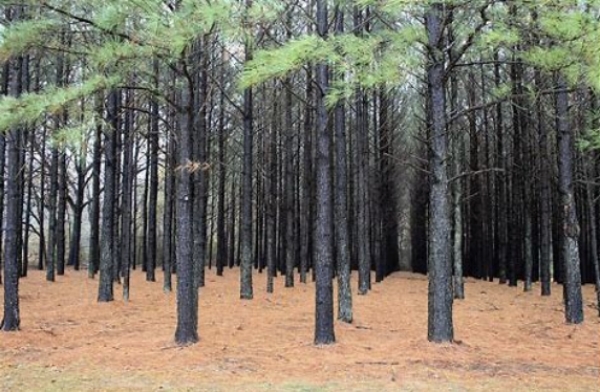First cost
Timber frame buildings with CLT elements (cross-laminated timber) are seldom the low first cost alternative. However, this writer believes that carefully planned buildings that use timber in an optimum configuration can be “in the ballpark.” This planning then opens up opportunities for an attractive aesthetic appropriate to some uses as well as a opportunity to steward that natural environment.
Aesthetics
Simply put, timber buildings with CLT elements (such as floor and ceiling systems) are beautiful. Research shows that humans experience a high degree of calm and contentedness in wood environments (the so called “biophilic” effect). This makes wood a good choice for residences, senior housing, schools, and buildings for various car-giving activities.
The environment
Structural wood has the unique quality of locking up carbon in the form of sequestered CO2. In fact nearly half of the dry-weight of structural wood is C02. This fact when combined with the use of carefully farmed, fast-growing softwoods leads to a conclusion that the emerging mass timber technologies are an environmentally sustainable industry.
Design and building codes
With the new technology comes new design methodologies and building codes. In fact, the much anticipated new version of the International Building Code (IBC) defines building type classifications favorable to the selection and design of structural wood (including provisions for the use of heavy timber [“HT”]). Understanding the new wood technologies will lead to using the right material for the right purpose. Concrete and steel will of course always have their place.
Thus building with wood is a choice. When made, the choice can bring beautiful and affordable results while stewarding the natural world around us. Wilkinson Building Advisors can assist in the planning process to look carefully at the feasibility of building with wood.

